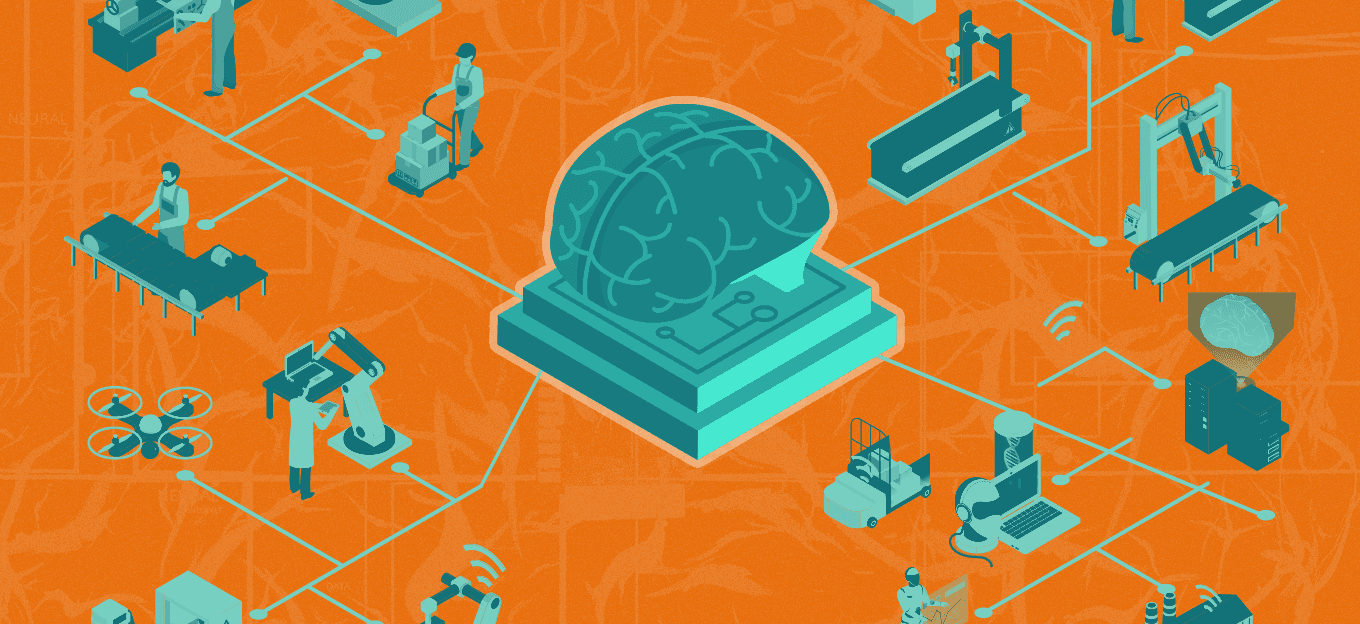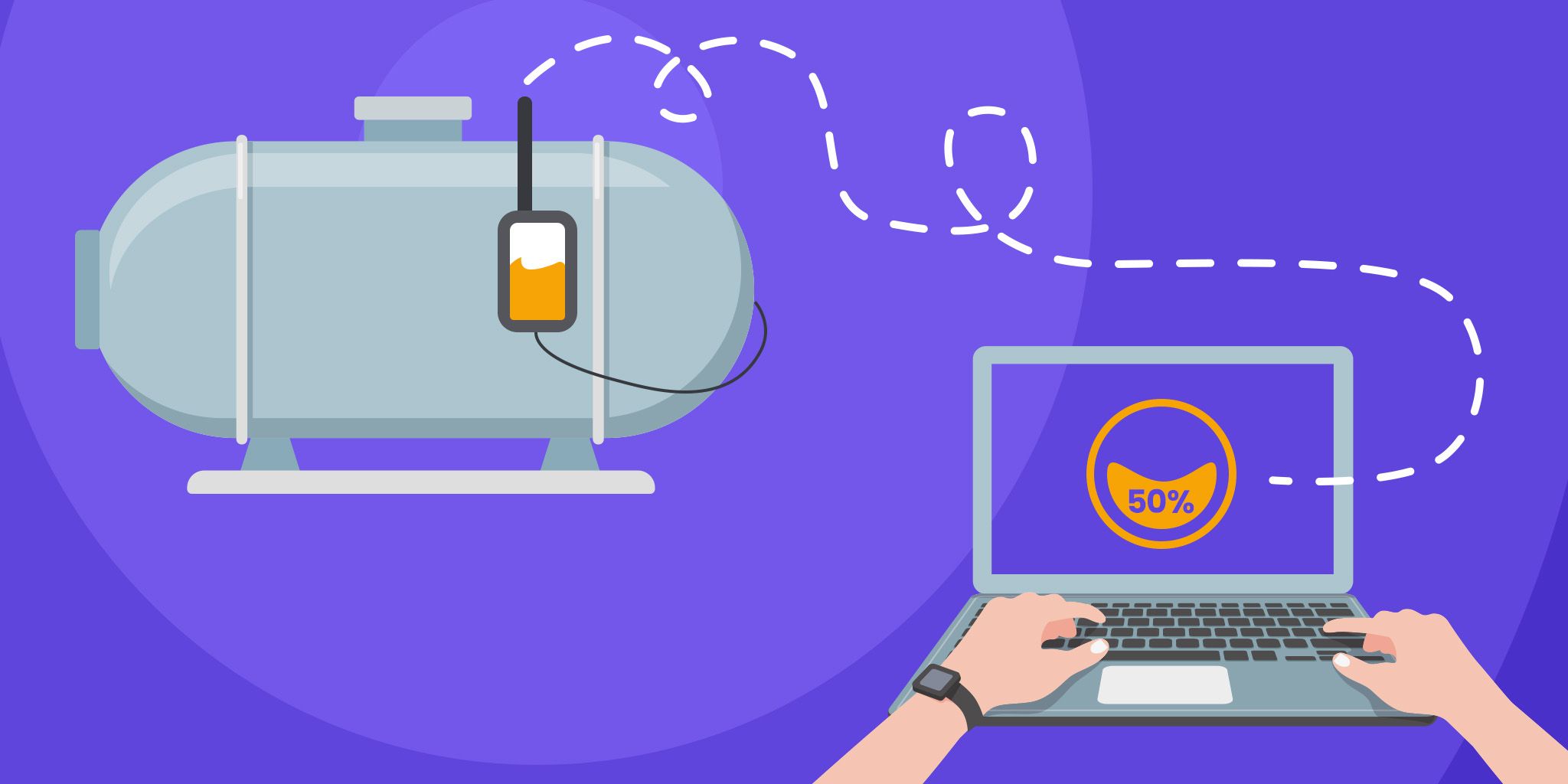Automating Business Operations with IoT
Automating Business Operations with IoT
- Last Updated: December 2, 2024
Guest Writer
- Last Updated: December 2, 2024



As Industry 4.0 is converting from a concept to reality, many smart devices have made their way into almost every industry vertical. They have managed to disrupt the day-to-day operations of conventional organizations. Businesses are increasingly considering these devices as a necessary investment to stay ahead of the competition and drive long-term growth. For instance, technologies like video analytics are being used to enhance bank security, enterprise security, and warehouse security.
IoT can be considered a series of interconnected devices that interact with each other to perform a previously requiring human intervention. Certain information is transmitted between the devices that allow the manual procedure to be reduced. This also implies that accuracy is improved and time taken to perform the particular task is diminished. Moreover, the amount of data generated by these devices can be harnessed to derive valuable insights for the company to do better and streamline its operations in a much more efficient manner.
IoT enables organizations to function efficiently with decreased operational expenses, safety maintenance, and enterprise functioning.
Business automation has been an area of focus for leaders since it provides a well-defined workflow and superior infrastructure to focus on the firm's high-value activities. The steps involved are data capturing, storage, and valuable insights using emerging technologies such as Artificial Intelligence and Machine Vision.
IoT and Functioning Efficiently
IoT enables organizations to function efficiently with decreased operational expenses, safety maintenance, and enterprise functioning.
Decreased Operational Expenses
There are several ways sustainable growth can be achieved in the core working areas of the company using IoT. Reduction in operational expenses can be achieved with effective inventory management and the optimization of energy consumption.
In supply chain and logistics management, IoT facilitates the integration of currently used technologies like barcode scanners and Radio Frequency (RFID) based support for managing inventory. Warehouse security can also be taken care of with the help of such emerging technologies.
Carbon footprint reduction has been a key area of concern in today’s environment-conscious world. Devices such as thermostats can also be integrated with IoT infrastructure. Efficient energy management can only occur when these devices are integrated with a robust platform architecture that supports them.
Maintain Safety Requirements and Essential Compliances
In many industries such as retail and banking, safety norms have to be adhered to using e-surveillance devices. These e-surveillance devices can be converted into smart platforms with the help of IoT infrastructure and video analytics. Moreover, security guidelines have turned more stringent with the rise in thefts. These are the various Applications for various industries.
Essential Compliances in Bank Security
Several metrics can be studied, taking into account the video graphics data generated from recording devices which can also be retrieved later on. The metrics that can be studied from this data include footfall analytics, which can be crucial to determine staff to customer ratio in banks at a particular time and the demographics of the customers walking in the bank.
A key Applications of this infrastructure is to ensure bank security at any particular instant of time. Bank vaults can have a huge advantage of tight security maintained due to these devices. With man-guarding proving to be an expensive bet for banks that are flourishing across the country, along with the unreliability in terms of security, video analytics comes to the rescue. Device management can occur remotely, and a dedicated command center detects such threats well before the occurrence of mishappenings.
Essential Compliances in Warehouse Security
For businesses that usually deal with perishable goods, such as in the cold chain management, IoT helps ensure that these food and beverage products' temperature thresholds do not exceed the limit prescribed. They can help in maintaining a timely response to problems with products being unfit for consumption. In the manufacturing arena, the maintenance reporting and diagnostics can be automated, which will provide flexibility to the manufacturing process and help reduce components that did not meet the specifications, and simplify the process. Intrusions can be very well detected with the aforementioned devices' help since many of the warehouses and storage facilities are located in the outskirts of cities. These are some of the common issues faced.
Regulatory Compliance in Healthcare
There are various risks associated with medical facilities such as efficient hygiene management and waste management.
Proper hygiene management ensures that patients' safety and the numerous stakeholders are not compromised, and harmful diseases are not spread. Enterprise security in healthcare, including fire and line safety and intrusion detection, is of utmost importance to healthcare providers. Perimeter monitoring performed with specialized video analytics tools is crucial in securing the external and internal premises of the facility.
In order to simplify management decision-making, business intelligence dashboards are extremely useful and helpful in the accession of insightful information and historical data. Even in forensics, one of the highly regulated industries, video analytics are essential to determine the falsity of claims for insurance settlements.
Quality Assurance and SOP Compliance in Restaurants
The food security and cleanliness standards of restaurants can be monitored using video analytics. The footage can be easily retrieved and traced wherever necessary, with the help of cloud storage facilities. Fire and smoke can be sensed using proactive surveillance and smoke sensors specifically designed for this purpose. They can make a quick alert to the security specialist and heavy losses can be avoided.
Temperature sensors are a crucial part of smart surveillance as they prevent food damage by detecting the optimum temperature levels in the storage of the requisite inventory. Energy consumption can also be controlled with consumption monitoring and patterns generated by the insights derived from the video surveillance platforms.
Multiple outlets can be accessed to control the standardization of food quality across various geographical locations. Even in the day-to-day functioning of the company, IoT-based platforms are increasingly becoming the norm. Let us have a look at how these can be implemented to improve the functioning and everyday operations:
Enterprise Functioning
Buildings can be made more power-efficient, and the overall productivity can be increased manifold by using smart lighting, humidity control devices, etc. There can be a significant reduction in utility bills through the adoption of these technologies.
There is another insightful Applications of driving effective BPO governance using IoT-based surveillance platforms. This includes paper detection and mobile phone detection. Through computer vision and related technologies, we can determine the usage of related objects at workplaces, which can help enforce the decorum of the organization. Even fire alarms are a necessity to be automated.
Enterprise security can be very well ensured when there is requisite innovation in place.
Before Choosing a Platform Provider
While choosing a reliable IoT platform provider, a number of points should be considered:
- The platform should preferably have web-based dashboards to visualize the actionable information generated by video analytics and AI-based tools.
- Customization of the platform is significant to suit the needs of the business operations.
- Now in the new normal era in terms of the global pandemic, a work from the home platform can remotely keep the downtime of depots to a bare minimum.
- Most crucially, the existing hardware installed by the premise must not be deterred from functioning, and the platform should complement the compatibility of the analog and wired surveillance devices.
In addition, there are other crucial parameters that have to be considered:
- Trust and reliability of the vendor
- Mobile app availability
- Integrations with your existing systems & existing hardware infrastructure
- A solid roadmap for upcoming features
The Most Comprehensive IoT Newsletter for Enterprises
Showcasing the highest-quality content, resources, news, and insights from the world of the Internet of Things. Subscribe to remain informed and up-to-date.
New Podcast Episode

Moving Past the Pilot Phase in IoT and AI
Related Articles





